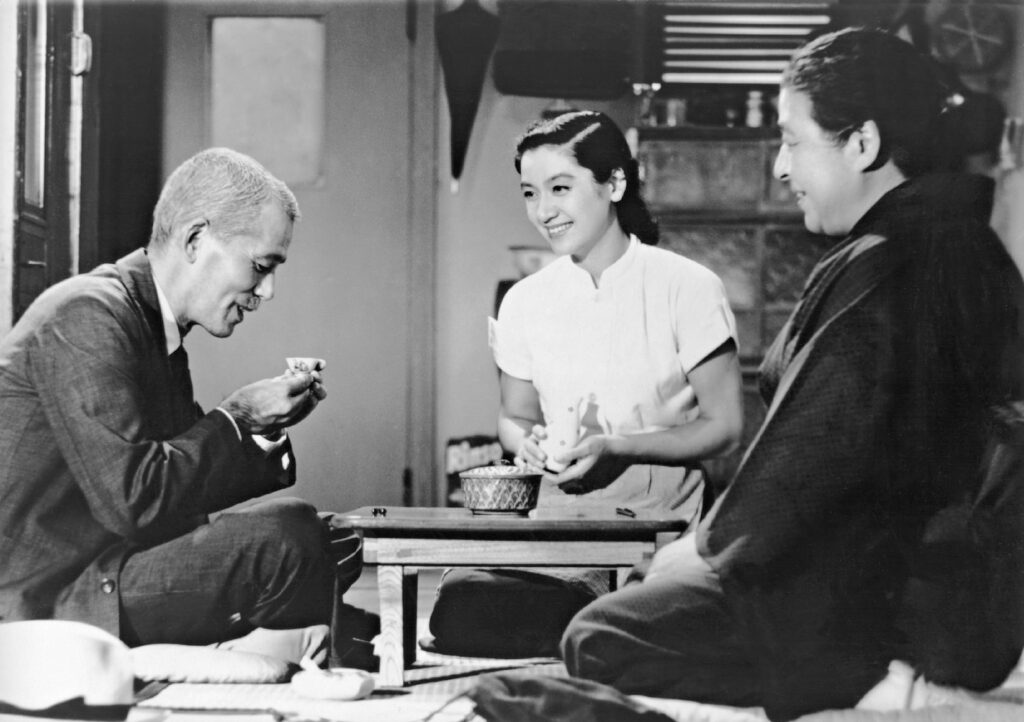Two names often mentioned in the same breath as cinematic masters are Jean-Luc Godard and Yasujirō Ozu. While their approaches to filmmaking seem worlds apart, both directors share a dedication to subtle, boundary-pushing storytelling that continues to captivate audiences.

Godard’s Radical Experiments
Jean-Luc Godard, a pioneer of the French New Wave, broke storytelling conventions with films like Breathless (1960). His use of jump cuts, non-linear narratives, and direct address to the camera shattered traditional cinematic language. Godard’s stories often feel like puzzles, challenging viewers to actively engage with the medium.

Ozu’s Quiet Elegance
In contrast, Yasujirō Ozu embraced minimalism to portray the intricacies of human relationships. Films like Tokyo Story (1953) focus on everyday moments, using static camera shots and deliberate pacing to evoke deep emotion. Ozu’s “tatami mat” perspective—filming from a low, seated height—invites viewers into the intimate worlds of his characters.
Their influence can be seen in filmmakers like Wong Kar-wai and Richard Linklater, who blend experimentation with deeply personal storytelling.
A Shared Philosophy
Despite their differences, both directors emphasize the humanity of their subjects. Godard’s political musings and Ozu’s familial dramas explore universal themes of love, loss, and identity. Their influence can be seen in filmmakers like Wong Kar-wai and Richard Linklater, who blend experimentation with deeply personal storytelling.
The art of subtle storytelling—whether radical or restrained—reminds us that cinema is not just about spectacle but about the profound, often quiet truths of the human condition.


